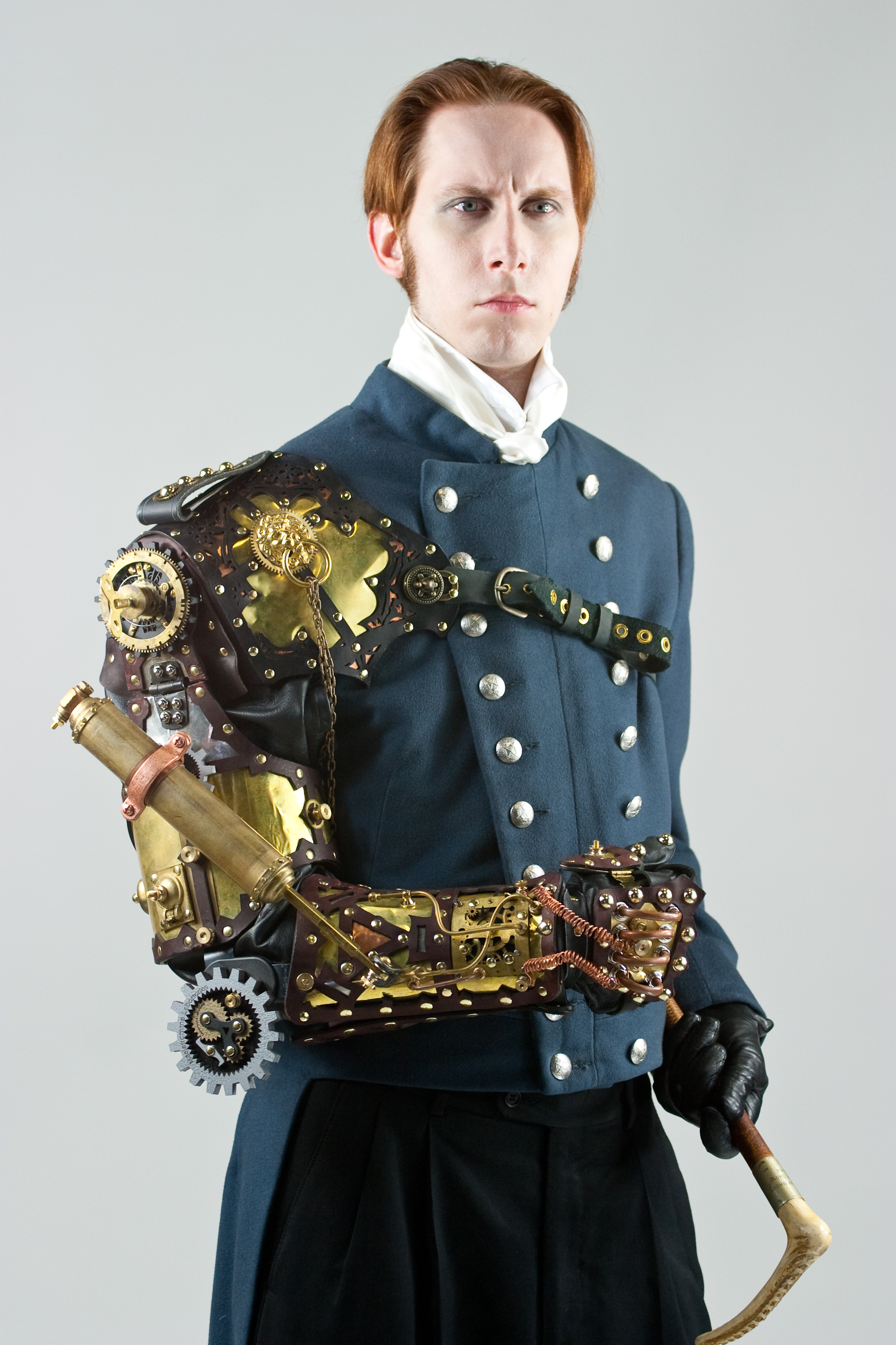
The client.
1 year before deadline: Client starts talking to designer about a project they've got coming up in a year. Designer commits to helping the client achieve her goals. Client and designer discuss concepts leisurely, with no real hurry.
3 months before deadline: Client starts developing concepts and models in earnest.



Left to Right: Fire F, Cactus F, Ice F, Sun F. If you look really hard, you can also see the Dragon F, Bunny F (my favorite), Cat F (Deborah's favorite), and the Frog F.
1 month before deadline: Designer asks client what she has decided on. Client produces design brief, detailing her project.

"This is probably the best Dragon F I've ever made. Make my pine car like this one."
Designer balks, and suggests design alternatives.
Client sticks to her vision.
Designer wonders how in the world he's going to make this.
3 weeks before deadline: Designer gets inspired during a sermon in church. Unbeknownst to the pastor, it's not inspiration concerning the sermon. Designer sketches designs on back of bulletin:

Hey, I could make this thing in layers...
Client approves concept sketch. Production work begins.

Gotta love Ponoko. They make something as complicated as CNC laser cutting and engraving easy as just choosing the right colors for your design.
2 weeks before deadline: Designer presents first proof to the client. Client marks up the master copy with corrections.

She was very adamant that the texture be dots — not scales, not checks, not zigzags, not crosshatching, dots. And the eyebrow has to be straight. Get it right, Daddy!
10 days before deadline: Client approves final proof; files are sent out for production.
Confident that all is well, client and designer turn their attention to producing supporting material.

The car body is painted blue, then covered in painter's tape; the client is given a marker and, after practicing on a separate sheet of paper, makes the design she wants...

which is then cut out, peeled, and painted over...

then cut and peeled again...

to reveal just what the client wanted:

8 days before deadline: Designer, checking daily, starts to wonder what's taking so long. The file has been approved at the plant, but has not entered production yet.
Designer does some digging, and finds that the projected completion date is in two weeks.
Designer panics. Briefly.
Designer assures client that all will be well, even if not everything is together on time. Meantime, designer scrambles to find a local supplier who can work on very short notice.
6 days before deadline: Designer finds a shop that will do the work in a single day. Relief is palpable. Tells shop that production will start as soon as first order is canceled.
Client discovers provision for cancellation fee at first shop. It's more than the job was worth to begin with. Shop agrees to slip this job in, a week ahead of schedule, if Designer will pay the shipping upgrade to get it there on time. The design spends 15 minutes on a laser cutter, and is packaged up and makes the last pickup of the day by less than 5 minutes.
5 days before deadline: Designer discovers that the deadline isn't Saturday. It's Wednesday. The same day the parts are supposed to arrive.
Designer arranges for time off from work on Wednesday.
8 hours before deadline: The parts arrive.

There's something very oddly satisfying about popping out laser-cut parts.

Test fitting. Everything lines up the way it should. Good.
5 hours before deadline: Designer picks up client from school. They spend a leisurely afternoon together, decorating and assembling the final product.




My favorite part? The eyes follow you.

3 hours before deadline: Client leaves for Kids' Club. Designer stays behind to finish putting the project together. Saws, blowtorches (plural, both out of fuel), lead, drills, and very large hammers are used. Carefully, of course.
90 minutes before deadline: Designer packs up the Product carefully in an old shirt and Amazon box, and roars off towards church on his motorcycle, with a small sledgehammer, balls of lead, and a tube of superglue in his backpack.
1 hour before deadline: The final product takes its first trial run on the track. It flies off and breaks a wing. Designer does not swear. He is, after all, in a church gymnasium.
From previous research, Designer knows that superglue will leave a large white area on the acrylic. Appearances matter here.
45 minutes before deadline: Wing is mended with acrylic fingernail glue.
30 minutes before deadline: Weight is added and subtracted, to get the car up to the 5 oz. maximum. The weight of the drops of superglue attaching the weights to the car puts the car over the weight limit. Twice.
5 minutes before deadline: Client cheerfully presents her car for weigh-in. It comes in at 5.00 ounces exactly, and is cleared to race on Saturday. She christens it "Fiona's Fiery F."

 You may or may not be aware of steampunk, a genre of sci-fi/fantasy (or, more properly now, speculative fiction) commonly set in the steam-powered Victorian England, which has taken on its own unique sense of style — lots of brass, gears, filigree, corsets, and heavy doses of "what if?" I confess my fascination with the visual theme, even if the fiction itself doesn't seem all that magnificent.
You may or may not be aware of steampunk, a genre of sci-fi/fantasy (or, more properly now, speculative fiction) commonly set in the steam-powered Victorian England, which has taken on its own unique sense of style — lots of brass, gears, filigree, corsets, and heavy doses of "what if?" I confess my fascination with the visual theme, even if the fiction itself doesn't seem all that magnificent.






































